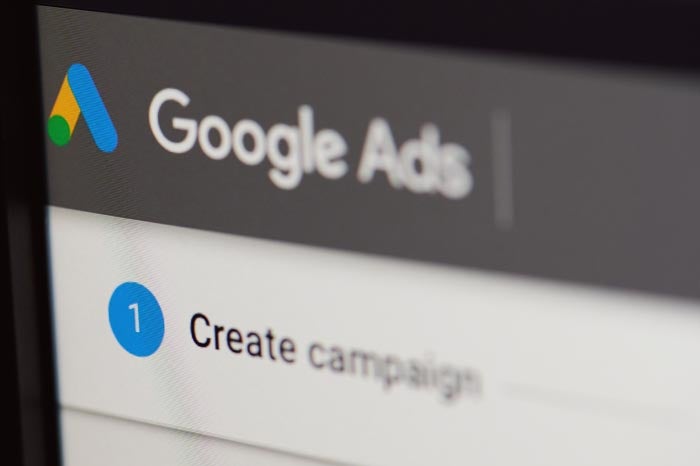
Google said in a blog post on Wednesday that it will not use alternative methods to track users online as soon as support for third-party cookies in Chrome ends – and that it disapproves of using email as an alternative identifier for tracking ads.
In other words, Google is declaring to the registry that it will not invent any voodoo tracking magic on its own and that all of its web products will be driven by the privacy preservation APIs currently under development in the Privacy Sandbox, including FLoC-cohorts based.
The direct implications of the Google ad are not immediately clear. Does Google’s promise not to use or support user-level identifiers for third-party ads in its products apply only to DV360, Google Campaign Manager and Google’s demand partners – or does this also apply to YouTube? The latter is unlikely, but if so, it would be important.
But as the dust settles, Google’s statement appears to answer one of the biggest open questions that came up during the Improving Web Advertising Business Group (IWABG) meetings at the World Wide Web Consortium, which is whether Google plans to forgive the cliché, eat your own dog food when it comes to actually applying the Privacy Sandbox proposals.
There has been a lot of skepticism on this point, especially among advertising technology companies that believe Google is aggressively pushing a series of pseudo-solutions “good enough for you, but not for me” that are unlikely to deliver as promised.
For example, almost all IWABG meetings since the end of January have included debates on how Google was able to use FLoCs to deliver 95% of conversions per dollar spent compared to cookie-based advertising, such as Google said it was able to do.
There has not yet been a clear explanation of the mathematics behind the statement or confirmation that 95% is just the best possible result, as opposed to the median that advertisers can expect with FLoCs. It also appears that the performance was good during the test, at least in part because Google appears to have relied on cookie-based learning to train the model – data that will not be available when third-party cookies are removed.
IWABG member companies, including Criteo, are asking Google to share a detailed article on exactly how it conducted its FLoC tests. They are still waiting.
One thing that is clear, however, is that Google is heavily promoting FLoCs or cohort-based IDs as a replacement for individual IDs. FLoC is one of the most developed proposals in the Privacy Sandbox, and Chrome is making it available for developer testing this month and for public testing on Google ads in the second quarter.
But what about the sector’s identity initiatives, namely Unified ID 2.0?
The Trade Desk, which led UID 2.0, has been adding partners quickly and preparing to make the ID generally available at some point during the first half of 2021. Partnership for Responsible Addressable Media is currently reviewing the UID 2.0 code, and Prebid has signed the independent operator to implement the identifier.
Google, however, is not a fan.
In its blog post, Google took the opportunity to cast a small shadow – perhaps even a grenade – in the direction of the industry’s identity initiatives being developed outside the auspices of the W3C.
Although Google’s director of product management for ad privacy and trust, David Temkin, author of the post, did not mention Unified ID 2.0 by name, he did not need to.
Regarding what he called “PII graphics based on people’s email addresses”, Temkin writes that Google does not “believe that these solutions will meet consumers’ growing expectations for privacy, nor will they face regulatory restrictions in rapidly evolving and therefore has a long-term sustainable investment. “
It can be argued that it doesn’t necessarily matter what Google believes, at least in that respect. If people voluntarily share their email address and give permission to use it as a primary identifier, what power does a browser or platform have to deny a user’s consent, as long as it is freely informed and granted?
Then again, there is some precedent. Apple said hashed emails and phone numbers collected elsewhere cannot be used as a substitute for tracking apps on iOS 14, regardless of whether they were collected with consent.
Developers will only be able to get permission to use identifiers to track ads on iOS 14 devices if they are collected through Apple’s own AppTrackingTransparent framework.
Would Chrome institute a similar policy? The question is “would” rather than “could”, because Google could ban hashing as an encryption method, but whether it would, with antitrust complaints coming in from all directions, is another matter.
Perhaps the biggest challenge that email-based industry initiatives face, at least in the short term, is scale.
While Criteo is actively working to develop a consumer-facing single sign-on user interface for publishers as part of UID 2.0, there is simply no easy way to get people who are used to surfing the web with no strings to start suddenly. to empty your email Address.
There seems to be one thing that Google and the advertising industry agree on: the importance of primary data.
Temkin ends his blog post by stating that “primary relationships are vital” and that Google “will continue to support primary relationships on our partner ad platforms, where they have direct connections with their own customers”.
… But not just email addresses collected by consenting publishers, I think.

